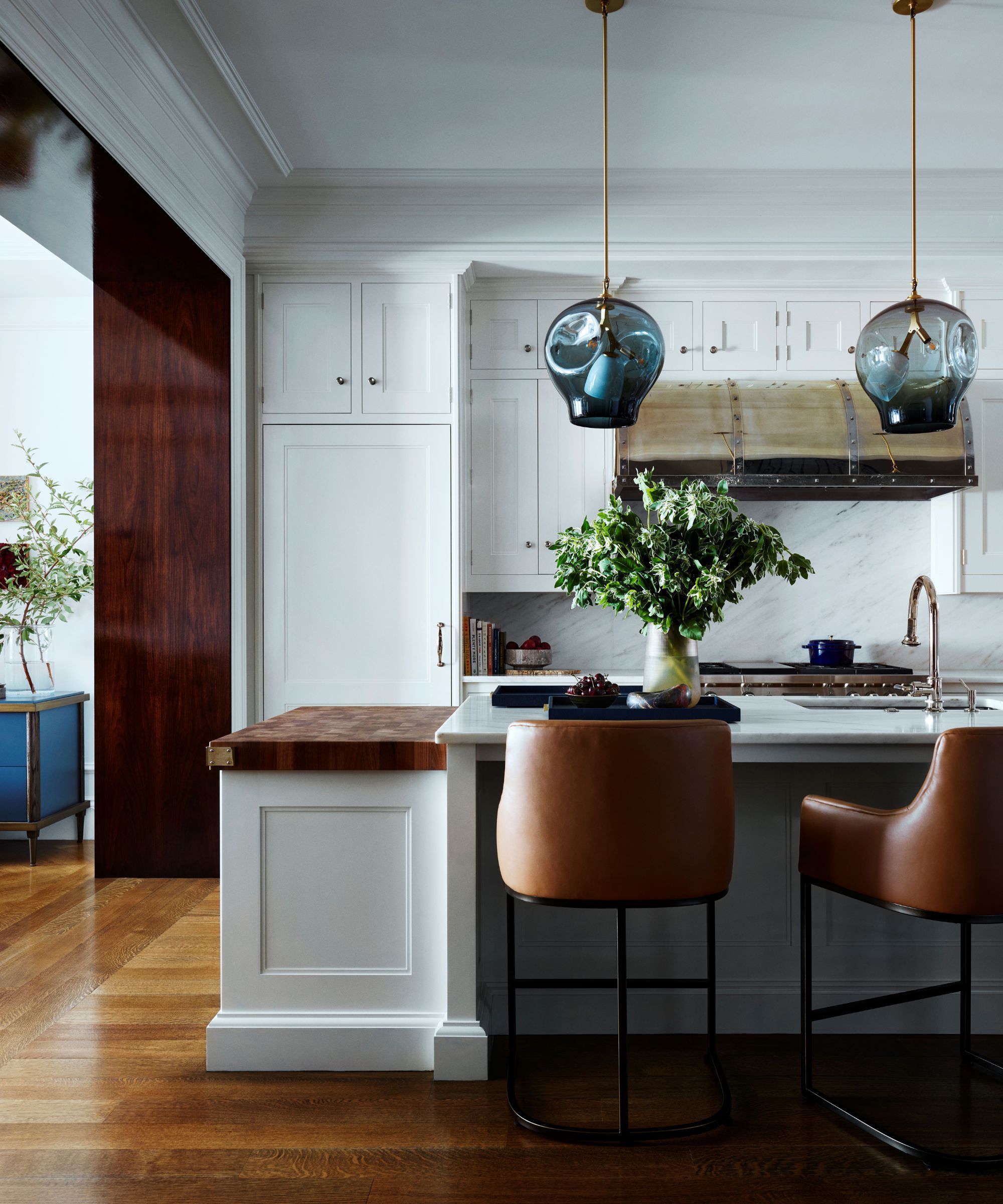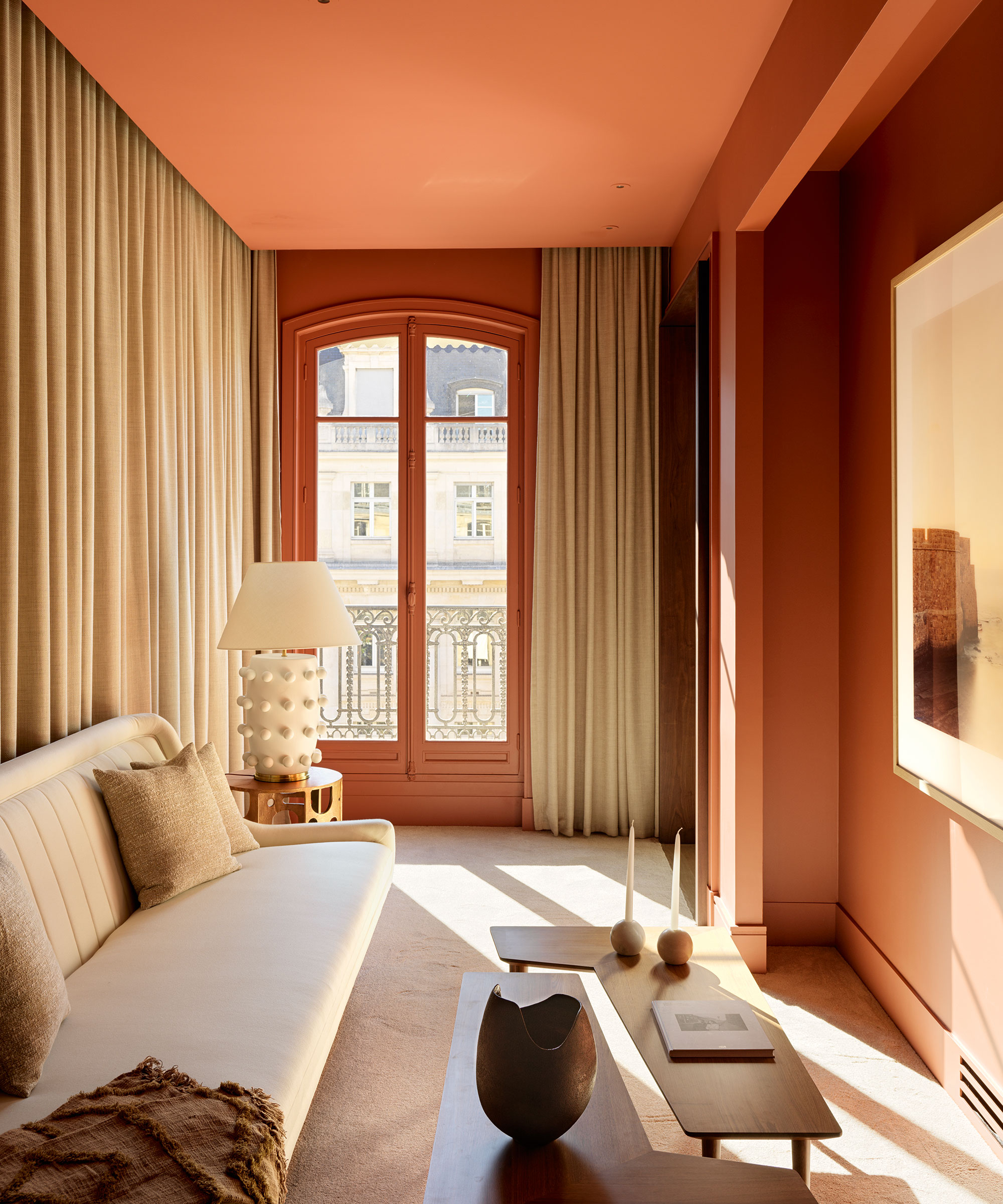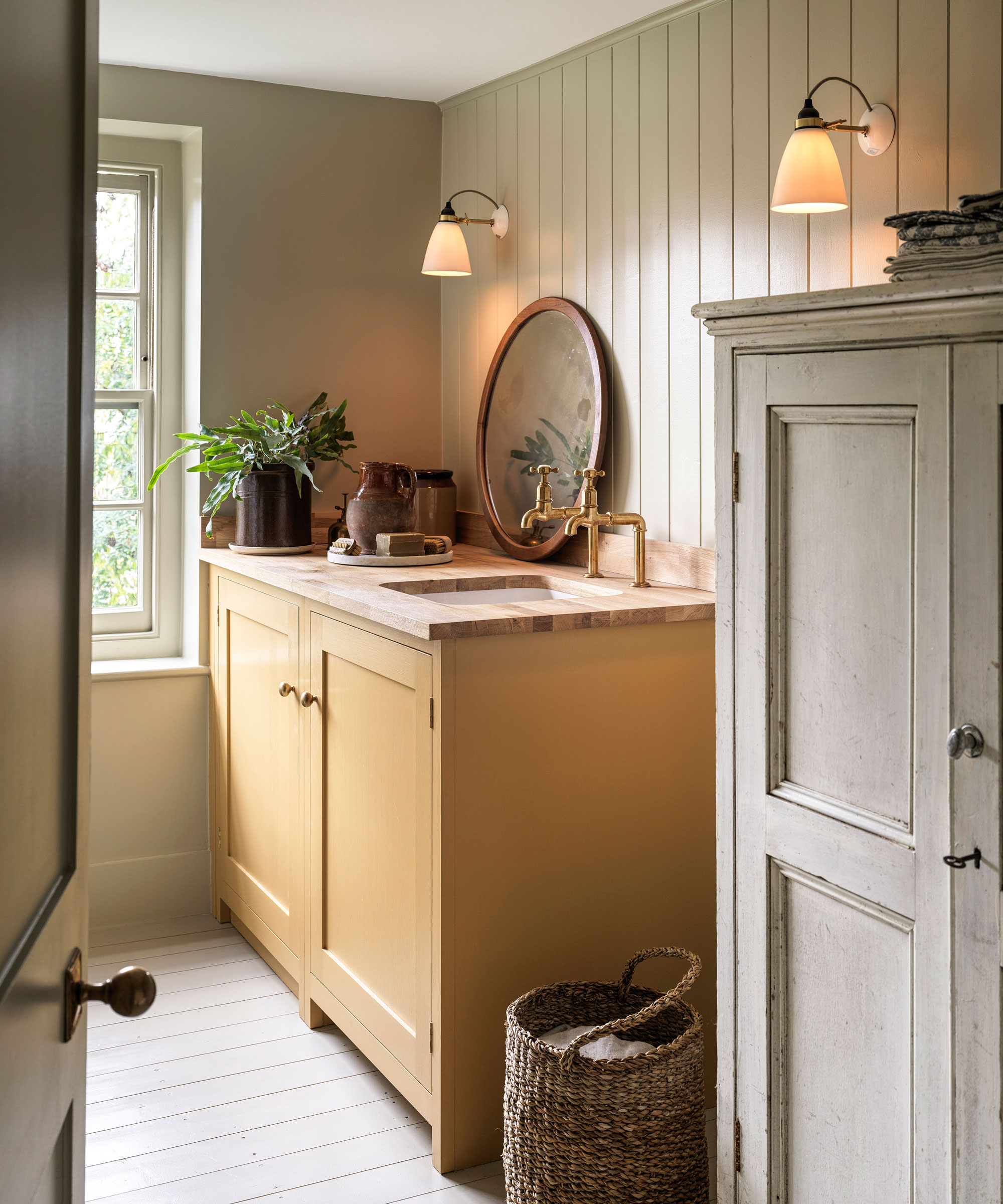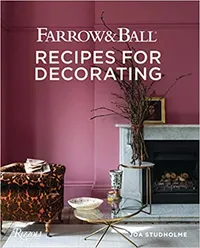5 colors you should never paint a dark room – designers warn us to steer clear of these space-shrinking hues
Design experts shed some light on the colors you should never use in dark space, and share what to use instead...


If you're redecorating a dark room, you might be asking: what are the best colors to paint a dark room? There are myriad room color ideas for small, dark, or dimly light rooms, so it pays to know what colors you should never paint a dark room as well before you begin.
To help, we've gathered some great color advice and tips on making a dark room brighter from interior designers and experts who share their thoughts on the colors you should never paint a dark room, plus some of their favorite paint shades.
Let's make it clear from the start, though, we're all going to do our level best to persuade you to embrace our favorite color trends. Choosing the right color for a dark room is a great way to add depth and interest where space is limited, and can create a cozy vibe that stretches way beyond the four walls.
Colors you should never paint a dark room
Your room may be small, but it can still make a big impact. Plan your scheme well when you're thinking about how to choose paint colors and it's possible to create a harmonious look full of interest and depth, even in a limited space.
1. White

Despite being a decorator's favorite, white is a difficult color to get right in any space. Pure white can highlight shadows in a small, dark room, especially one without windows. But don't dismiss white entirely, just learn how to use it to maximum effect.
Just like any other color, the variation in white tones ranges from cool to warm. When looking for the right white for a room, always buy a range of tester pots and paint large sheets of paper so you can see how they look in different lights throughout the day.
Warm, south-facing rooms can bleach out gentler shades, so a stronger white would work well in these areas. In cooler, north-facing rooms either emphasize the coolness by selecting a crisp white – ideal for small kitchens – or, to warm up a living space, choose a white with a hint of red pigment.
Design expertise in your inbox – from inspiring decorating ideas and beautiful celebrity homes to practical gardening advice and shopping round-ups.
Farrow and Ball: Recipes for Decorating | $43.16 at Amazon
Farrow & Ball is a leading producer of high-end paint and luxury wallpaper, and their design experts share their wisdom for creating harmonious interiors and beautify home décor in this inspirational book.
2. Cool, dark gray

This sultry shade goes with every color and can be used to add depth and sophistication to any room, but it all depends on the tone. Use the wrong one – a shade that is on the cool spectrum – and it will visually shrink a dark room.
‘Grays are hugely versatile, from cool off-white shades, through warmer neutral mid-tones to the very deep and mysterious,’ says Justyna Korczynska, senior designer at Crown Paints. ‘They have more color and texture within them than straight black. A monochrome scheme of black and white is much more unforgiving than one of shades of slate and clay, which will change subtly with the light throughout the day, giving them personality and character.’
If you want to curate a cozy and cocooning space, lean into the darkness. ‘Gray is enormously versatile. Depending on the underlying tones within it and on the depth of color, it can be partnered with almost any other hue,’ says interior designer Victoria Wormsley of French-Brooks Interiors. ‘I like to use a warm-toned gray in a dark room as a foil for warmer shades, such as reds, pinks, and terracotta or burnt orange. It also looks smart set against off-white for paneling and moldings.'
Mood is one consideration, but it is also helpful to consider how grey might affect the size of a room. ‘The paler the tone, the more it will reflect the available light. The darker the tone, the more light it will absorb,’ says Justyna. ‘At the extremes, off-white will make a room look more spacious, and cool black brings the walls visually inwards. This rule applies to all colors. So a pale gray is ideal if you wanted to make a room look larger; a deep charcoal would make it appear smaller. Having said that, a dark color used in a small room can be really effective.’
3. Red

Decorating with red is usually a wonderful idea, but not in a dark room with little to no natural light. However, if you love this passionate hue, consider softer versions instead. Earthy pink, somewhere between red, pink and brown, conjures up warmth in any room and is reminiscent of late summer evening sunsets.
‘Rhubarb is my go-to color for a dark room; added to a neutral scheme, it creates warmth, depth and a touch of the unexpected,' says Georgie Wykeham, founder, of Georgie Wykeham Designs. 'Used on its own, it is a very easy color to live with and yet it also works beautifully with blues, greens, pinks and reds.’
Interior designer, Max Rollitt agrees: ‘These earthy pinks work brilliantly to bring year-round warmth to dark or north-facing rooms. I recently used an earthy pink hue in a bathroom and paired it with a complementary cornflower blue.’
4. Orange

Orange, similar to red, is best avoided in a dark or dimly lit room. You may think orange will brighten a dark space, but in a room with natural little light orange can take on a muddier, dirtier tone.
The key to decorating with orange in a dark, narrow, or small room is to use it in small doses.
‘We’re currently using orange as an accent, pairing it with aquamarine or with teal, yellow and pink,' says Liv Wallers and Cath Beckett, co-founders, of Yellow London. 'We prefer it as an accent rather than a full wall color – but never say never to a gloss orange downstairs powder room!’
Interior designer, Sheila Bridges prefers using vibrant orange as opposed to darker oranges in dark or narrow rooms: 'A vibrant orange entrance hall is a wonderful way to welcome people to a home, especially if your space is on the smaller side. While I’d never use a bold color like this in a bedroom, I love vibrant and jewel tones for more public spaces.’
5. Yellow

Decorating with yellow affects our emotions. Its primary action is to trigger emotional responses. It has a strong impact on the nervous system, which is why it is best to avoid decorating with yellow in a dark room unless it is a color that brings you joy.
'The wrong tone of yellow, or too much, can lead to feelings of irritation, nervousness and anxiety,' says Karen Haller, color and design psychology specialist and author of The Little Book of Color. 'At its very worst, yellow can provide suicidal feelings so always use this color with caution.'
‘Sometimes you need a deeper golden color with more clout as some yellows can be too grey, too flat or just too primary,' explains Edward Bulmer, interior designer and founder, of Edward Bulmer Natural Paint. 'Earthy tobacco shades will work in any room you want to feel warm and intriguing; it is a serious color, elegant and sophisticated, which creates a fabulous backdrop to artwork and antiques and works in a variety of spaces. I would pair this with the creamier off-whites, beiges and warm grays for a softer palette or with a sludgy green or deep blue for instant drama in a dark room.’

Jennifer is the Digital Editor at Homes & Gardens, bringing years of interiors experience across the US and UK. She has worked with leading publications, blending expertise in PR, marketing, social media, commercial strategy, and e-commerce. Jennifer has covered every corner of the home – curating projects from top interior designers, sourcing celebrity properties, reviewing appliances, and delivering timely news. Now, she channels her digital skills into shaping the world’s leading interiors website.
